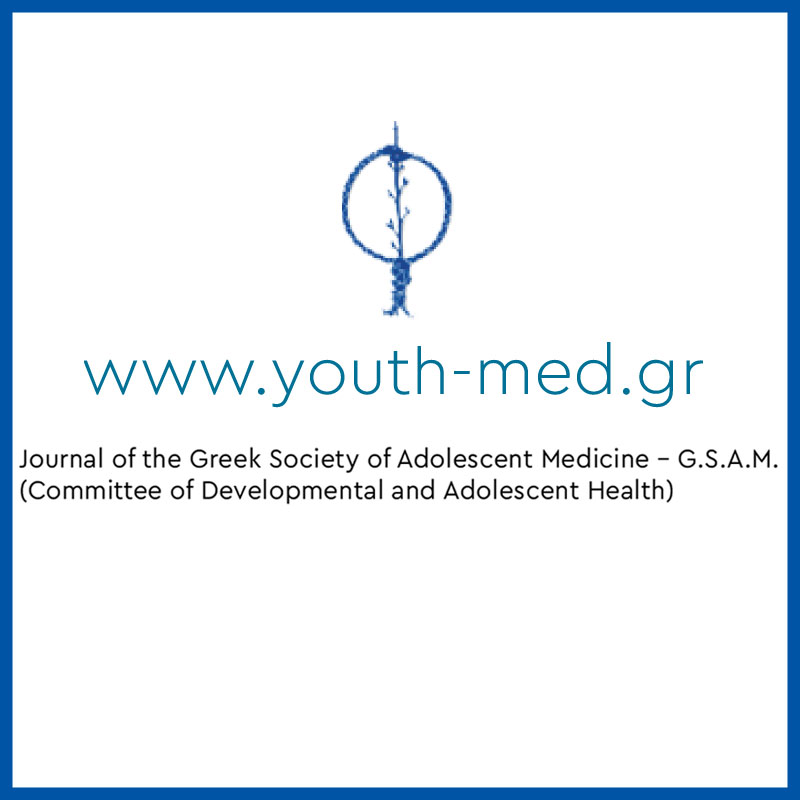«Tripartite Model of Giftedness»: Cognitive Achievements According to WECHSLER Assessment Intelligence Scales
https://doi.org/10.54088/3mdggd
Keywords:
Giftedness, Wechsler Scales, General Ability IndexAbstract
The appraisal of intellectual ability in gifted students is an interesting though composite hypothesis. The purpose of this study is to analyze and compare the two main and most reliable methods to measure giftedness: the most worldwide used, the quantitative assessment and the qualitative assessing procedures. The Tripartite Model of Giftedness considers of giftedness as a social construction and not something that is real, which incorporates three distinct but complementary perspectives: Giftedness through the perspective of high intelligence, through the perspective of outstanding accomplishments and through the perspective of potential to excel. The first perspective is based on assessing student’s intellectual ability using standardized IQ tests. The second one focuses mainly on student’s performance in classroom and on academic tasks. According to the third perspective, students are very likely to substantially increase their cognitive abilities and academic performance when provided with special resources or when they are placed in a special gifted program. The Wechsler Intelligence Scales constitute worldwide the most used and most reliable quantitative assessment method of intellectual abilities mainly of verbal comprehension, visual spatial perception, fluid reasoning, working memory, processing speed. In a pure psychometric level, the dominant view is that the most proper appraisal of general intellectual functionality in high intelligent students, is not mainly the measurement of the Full-Scale Intelligence Quotient (FSIQ), yet the assessment of the most complex and composite intellectual abilities, as it is defined from the General Ability Index (GAI). In the present article five common characteristics of intellectual achievements of gifted students are analyzed in depth.
References
Monks, F.J., Heller, K.A., & Passow, H. the study of giftedness: Reflections on where we are and where we are going. In K.A. Heller, F.J. Monks, R.J. Sternberg, & R.F. Subotnik (Eds.), International handbook of giftedness and talent (2nd ed., pp. 838-863) (2000). Oxford, UK: Elsevier.
Pfeiffer, S.I. Essentials of gifted assessment. New Jersey: John Wiley & Sons, Inc (2015).
Borland, J.H. Myth 2: The gifted constitute 3% to 5% of the population. Moreover, giftedness equals high IQ, which is a stable measure of aptitude: Spinal tap psychometrics in gifted education (2009). Gifted Child Quarterly, 53, 236-238.
Pfeiffer, S.I. Serving the gifted: Evidence-based clinical and psychoeducational practice. New York: Routledge (2013b).
Lichtenberger, E.O., & Kaufman, A.S. Essentials of WAIS-IV assessment (2nd ed.) (p.303-304, 319-320). New Jersey: John Wiley & Sons (2013).
Flanagan, D.P., & McDonough, E.M. Contemporary intellectual assessment: Theories, tests, and issues (4th ed.). New York: The Guilford Press (2018).
Pfeiffer, S.I. The gifted: Clinical challenges for child psychiatry. Journal of the American Academy of Child and Adolescent Psychiatry (2009);48: 787-790.
Sattler, J.M., & Ryan, J.J. Assessment with the WAIS-IV. California: Sattler (2009).
Sattler, J.M., & Dumont, R. Assessment of children WISC-IV and WPPSI-III supplement. California: Sattler (2004).
Lichtenberger, E.O., & Kaufman, A.S. Essentials of WPPSI-III assessment. New Jersey: John Wiley & Sons (2004).
Flanagan, D.P., & Alfonso, V.C. Essentials of WISC-V assessment. New Jersey: John Wiley & Sons (2017).
Pfeiffer, S.I. Current perspectives on the identification and assessment of gifted students. Journal of Psychoeducational Assessment, (2012); 30: 3-9.
Kaufman, A.S. Intelligent testing with the Wechsler’s fourth editions: perspectives on the Weiss et al. studies and the eight commentaries. Journal of Psychoeducational Assessment, (2013);31: 224-234.
Piirto, J. Understanding creativity. Scottsdale, AZ: Great Potential Press (2004).
Gagne, F. From gifts to talents: the DMGT as a developmental model. In R.J. Sternberg & J.E. Davidson (Eds.), Conceptions of giftedness. New York: Cambridge University Press (2005).
Gagne, F. Debating giftedness: pronat vs antinat. In L.V. Shavinina (Ed.), International handbook on giftedness. New York: Springer (2009).
Subotnik, R.F. Developmental transitions in giftedness and talent: Adolescence into adulthood. In F.D. Horowitz, R.F. Subotnik, & D.J. Matthews (Eds.), The development of giftedness and talent across the life span. Washington DC: American Psychological Association (2009).
Subotnik, R.F., Olszewski-Kubilius, P., & Worrell, F.C. Rethinking giftedness and gifted education: A proposed direction forward based on psychological science. Psychological Science in the Public Interest (2011);12: 3-54.
Stanley, J.C. Leta Hollingworth’s contributions to above-level testing of the gifted. Roeper Review (1990);12: 166-171.
Ford, D.Y., & Whiting, G.W. Recruiting, and retaining underrepresented gifted students. In S.I. Pfeiffer (Ed.), Handbook of giftedness in children. New York: Springer (2008).
Nisbett, R.E. Intelligence and how to get it. New York: Norton (2009).
Pfeiffer, S.I. Identifying gifted and talented students: Recurring issues and promising solutions. Journal of Applied School Psychology (2002);19: 31-50.
Weiss, L., Saklofske, D., Coalson, D., & Raiford, S. WAIS-IV: Clinical use and interpretation. USA: Elsevier (2010).
Wechsler, D. WPPSI-III: Technical and interpretive manual. USA: Pearson (2002), p. 104-107 and Appendix D 186-187.
Wechsler, D. WAIS-IV: Technical and interpretive manual. USA: Pearson (2008), p. 99-101 and Appendix E 189-190.
Wechsler, D. WISC-V: Technical and interpretive manual supplement: special group validity studies with other measures and additional tables. USA: Pearson (2014), p. 113-116 and Appendix A 188.
Wechsler, D. WISC-V: Administration and Scoring Manual. Greece: MOTIΒO (2017).


